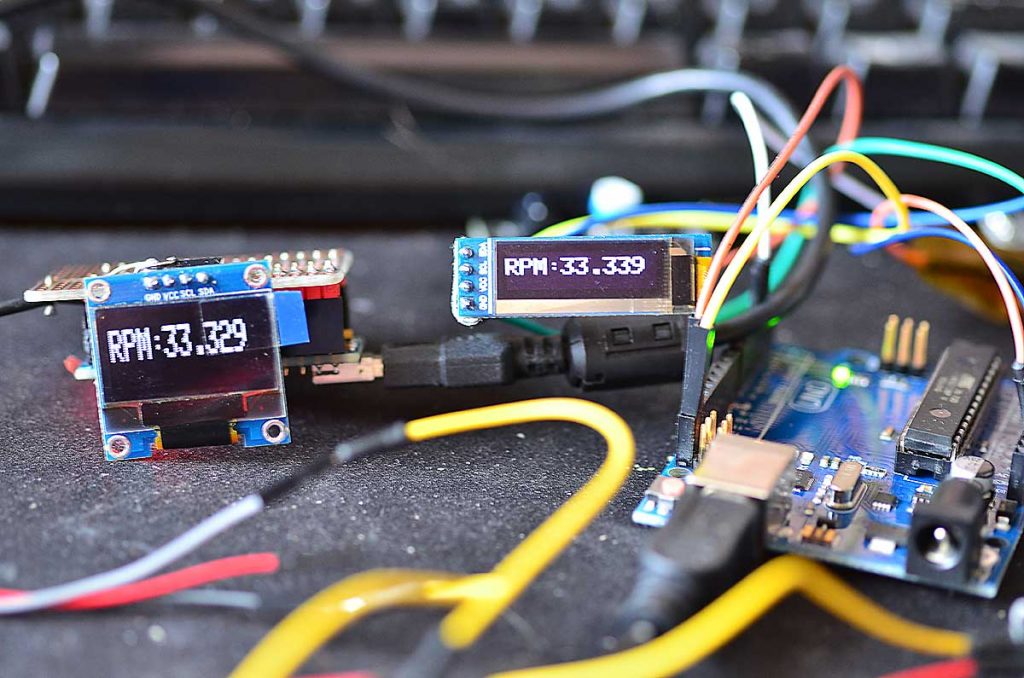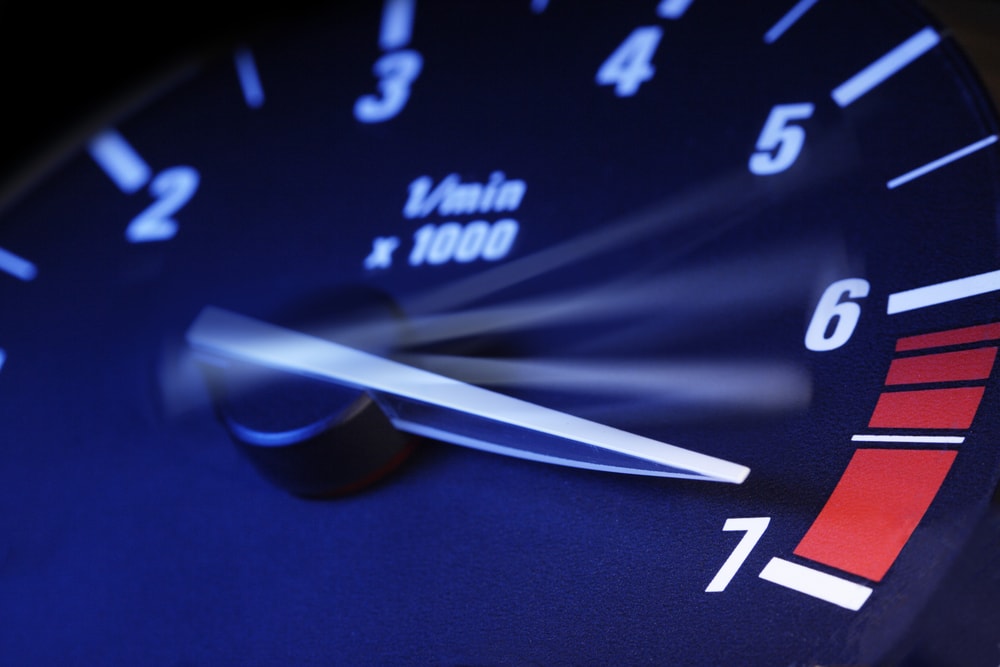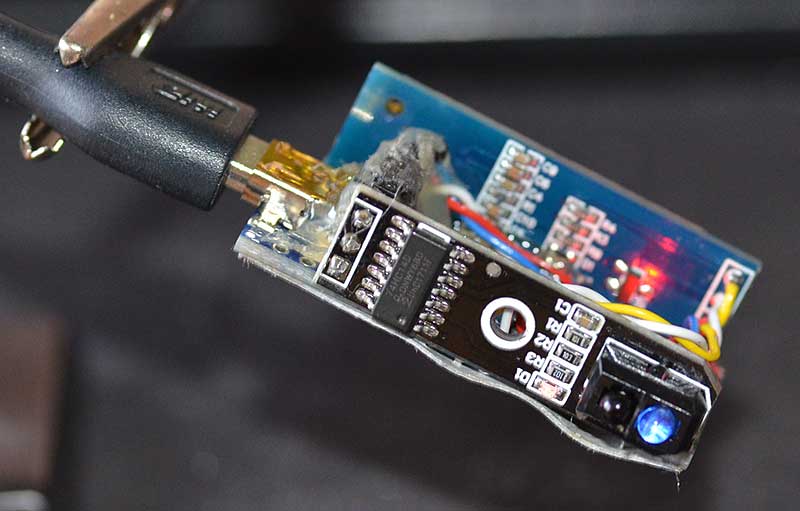Tachometers are essential devices in various industries. They help in the measurement and monitoring of rotational speeds, which is vital for maintaining optimal performance and avoiding malfunctions.
This article explores the importance and functionality of tachometers in detail, offering insights for both beginners and seasoned professionals.

Introduction to Tachometers
Tachometers are instruments used to measure the rotational speed of an object, often expressed in revolutions per minute (RPM). These devices are crucial in applications ranging from automotive to industrial machinery.
Types of Tachometers
Mechanical Tachometers
Mechanical tachometers use physical mechanisms to measure rotational speed. They are often considered more reliable in harsh conditions.
Digital Tachometers
Digital tachometers provide more precise readings and often come with additional features like memory storage and data logging.
Primary Function
The primary function of a tachometer is to measure the rotational speed of a shaft or disk. This measurement helps in monitoring the performance and health of the machinery.
Applications in Various Industries
Automotive Industry
In the automotive industry, vehicles use tachometers to monitor engine speed, ensuring optimal performance and fuel efficiency.
Manufacturing
Industrial machines use tachometers to monitor the speed of rotating parts, especially critical in precision machining and assembly lines.
How Does a Tachometer Work?
A tachometer typically consists of a sensor and a display unit. The sensor detects the rotation, while the display shows the RPM value.
Benefits of Using a Tachometer
Using a tachometer helps improve efficiency and prolong the lifespan of machinery by ensuring they operate within safe speed ranges.
Choosing the Right Tachometer
When choosing a tachometer, consider factors like the type of machinery, operational conditions, and accuracy requirements.
Installation and Maintenance
Proper installation and regular maintenance are crucial for the accurate functioning of a tachometer.
Key Technological Advancements
Modern tachometers come with advanced features like wireless connectivity and real-time data analysis.
Role in Quality Assurance
Tachometers play a significant role in quality assurance by ensuring machinery operates within the specified speed ranges, reducing the risk of defects.
Common Issues and Troubleshooting
Common issues with tachometers include sensor malfunctions and inaccurate readings. Regular calibration and maintenance can help mitigate these problems.
Case Studies
Numerous industries have successfully implemented tachometers, resulting in improved operational efficiency and reduced downtime.
Future Trends
The future of tachometers looks promising with the integration of IoT and AI for more intelligent monitoring solutions.
Conclusion
Understanding what a tachometer measures and its importance can significantly benefit professionals in various fields, from automotive to industrial manufacturing.

FAQs
What is a tachometer used for?
A tachometer is used to measure the rotational speed of an object, usually in RPM.
Can I use a tachometer on any machine?
Yes, but you must choose the right type of tachometer compatible with your machine’s specifications.
How often should I calibrate my tachometer?
Frequency of calibration depends on usage, but it’s generally recommended to calibrate once a year.
